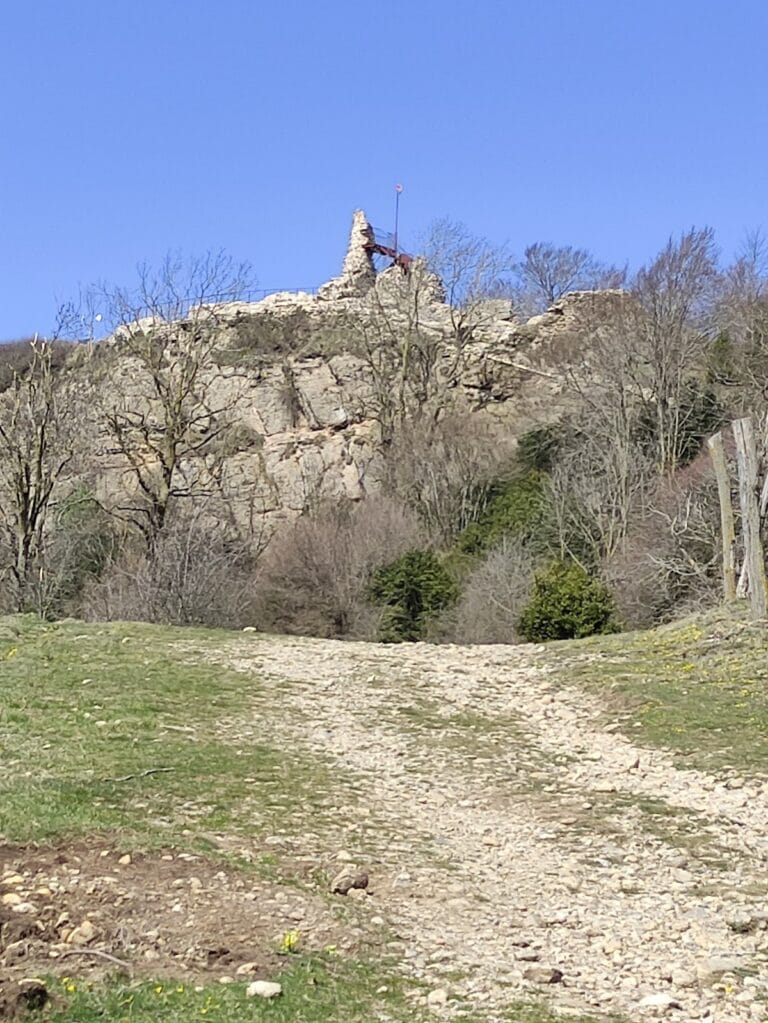Castell de Llaés: A Medieval Fortress in Llaés, Spain
Visitor Information
Google Rating: 4.6
Popularity: Low
Google Maps: View on Google Maps
Official Website: www.castelldellaes.com
Country: Spain
Civilization: Unclassified
Remains: Military
History
The Castell de Llaés is a medieval fortress located in the municipality of Llaés, Spain. Constructed during the early Middle Ages, it was established under the influence of the Catalan counts and the religious authorities governing the area.
The earliest known reference to the castle dates back to 919 AD, when it was recorded as “Castri de Laesse” or similar variants. It once belonged to the high domain controlled by the Monastery of Sant Joan de les Abadesses. The fortress likely originated as a strategic stronghold connected to Count Guifré, a prominent medieval nobleman, and may have been managed by his appointed representative, known as vicar Fedanci. This connection underscores the castle’s importance within the feudal and ecclesiastical power structures of the time.
Throughout the 11th and 12th centuries, control of the castle was shared in part with the local noble family of Milany, who held the title of viscounts of Besalú. This period reflects a complex jurisdictional arrangement in which both religious and secular powers exerted influence over the site. In 1230, amid political negotiations, the abbot of the monastery temporarily transferred portions of the castle as collateral to the viscounts of Castellnou. However, the monastery reasserted full authority by 1342, regaining definitive control over the fortress and its lands.
Religious functions at the site were significant, marked by the foundation of the church of Sant Bartomeu. The first church was constructed under the direction of Abbess Ranlo and consecrated in 960 by Bishop Ató. It was subsequently replaced by a newer structure consecrated in 1025 by Abbot Oliba, reflecting ongoing ecclesiastical investment in the complex. Together, the castle and church have since been recognized as an important cultural heritage site within the region.
Remains
The remains of Castell de Llaés occupy a rocky hill about 1000 meters above sea level, showcasing a well-planned medieval fortress layout built with durable stonework. The most striking element is the large stone vault, constructed using an ashlar method known locally as “plec de llibre,” which involves carefully cut and fitted rectangular blocks arranged like the pages of a book. This technique indicates high craftsmanship and stability in the castle’s construction.
A prominent feature of the site is the keep, or Torre de l’Homenatge, where a significant portion still stands. This tower served as the main defensive structure and residence within the castle. Visitors today can also see the main gate through which access was controlled, along with almost all of the external and internal walls that once enclosed and protected the complex. The site includes a cistern carved directly into the rock; this cistern was used to collect and store water, a vital resource for the fortress during sieges or dry seasons. Access to the castle is marked by a distinctive stepped path that zigzags up the slope, a design that may have enhanced defense by slowing attackers.
Adjacent to the castle lies the church of Sant Bartomeu, which retains its original Romanesque orientation despite various later alterations. The building comprises a single nave covered by a pointed vault. Its sacristy is positioned where the apse, typically found at the eastern end of Romanesque churches, likely once stood. The roof is clad with Arabic-style tiles, reflecting local architectural influences. On the right side of the church façade rises a bell tower, while above the main entrance an oculus window offers natural light inside.
Between the fortress and church are the grounds that once served as the cemetery and the parade ground, or pati d’armes. This area highlights the close relationship between the military and religious functions within the complex and offers insight into how daily and ceremonial activities were organized.










